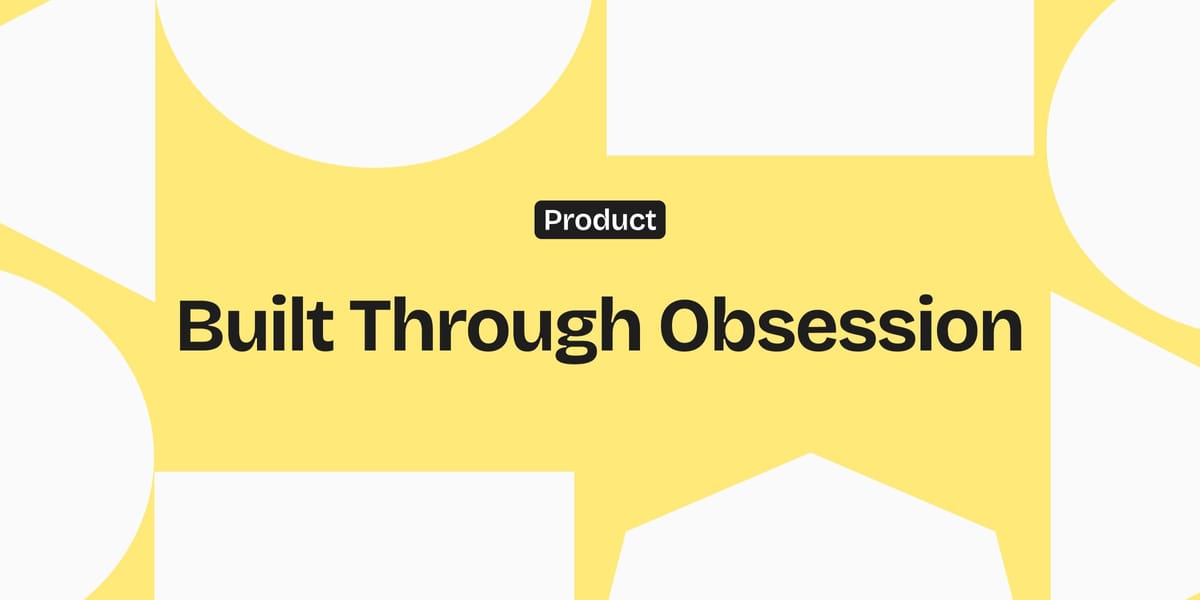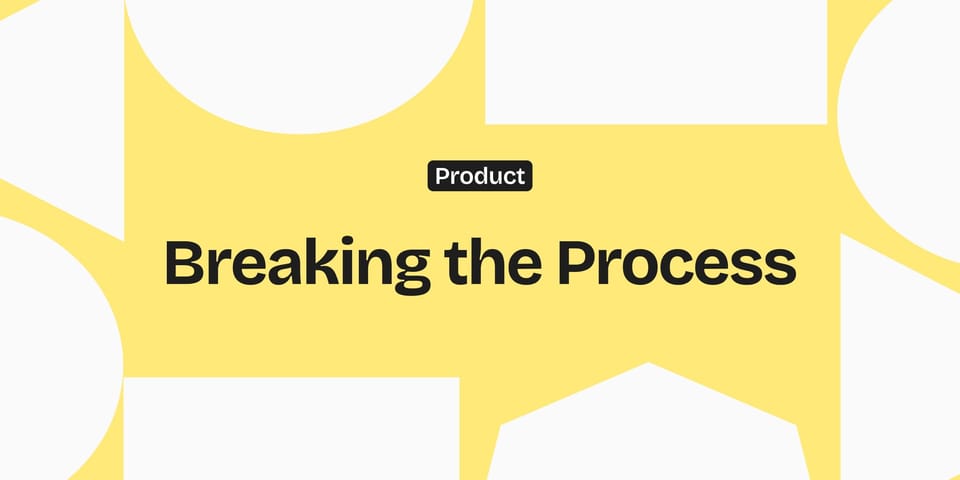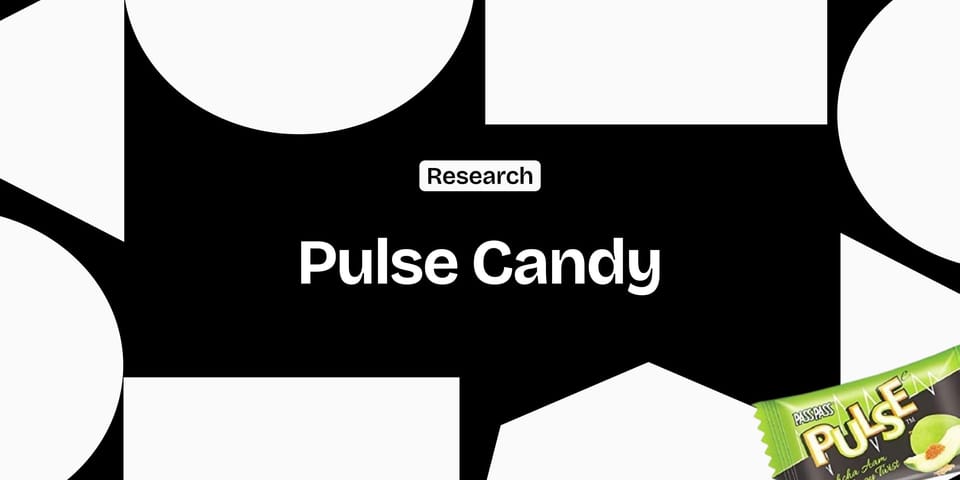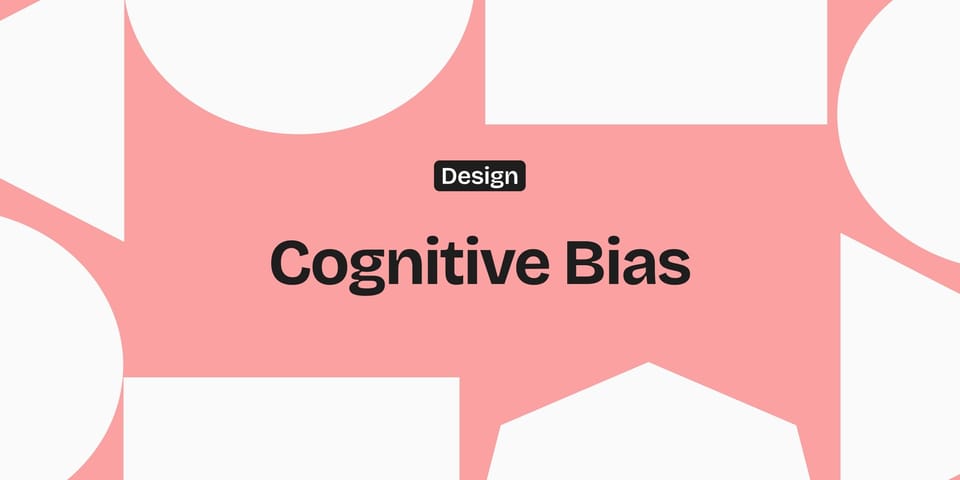How My Mind Learned to Ship
I never set out to learn product. I just couldn’t ignore when something felt broken. From obsessing over icons to running full-funnel experiments at scale, this is how my mind learned to ship: not from frameworks, but from flow, instinct, and ownership.

The Early Clues
I got my first computer in 2005. I didn't know what a product manager was, but I knew I liked order. Every folder, every shortcut had a place. I'd spend hours organizing files just because it felt right. My mind was already getting wired to think in systems, even if I didn't have the words for it yet.
By 2009, I had my first phone - the Nokia 5800. Most people saw it as a music device. I saw it as something more. I noticed how the menu scrolled, how the buttons felt when tapped, how clunky certain actions were. Without realizing it, I was evaluating UX before I knew what UX meant.
When Design Became Emotion
In 2013, I got an iPhone. iOS 7 had just landed and changed how I saw digital interfaces forever. Flat design, white space, clear typography, it all felt intentional. I zoomed into icons just to admire their precision. This wasn't just design. This was emotion.
That's when I started treating design like a language. I studied apps, grouped them into categories: travel, finance, navigation, social, games. I'd compare onboarding flows. I'd critique filter logic. And when something felt broken, I'd sketch how I'd fix it.
I used to scroll Pttrns.com like it was Instagram. It was free back then and felt like a hidden playground for design lovers. I even tried making my own icon set in Sketch, more than 30 (simple) icons just to match the sharpness and minimalism I admired.
Later, Airbnb's app became my favourite app. Big headers. Circular fonts. Satisfying transitions. I borrowed its language in everything - from pitch decks to internal tools.
Lottie was another game-changer for me. It let me add delightful motion to flows without blowing up load times with help of Mudhit Khannawalia, the guy creates perfect Lotties.
Some of the products we built, designed with this level of care, were featured multiple times on the App Store and Play Store by Apple and Google. Big headers. Circular fonts. Satisfying transitions. I borrowed its language in everything - from pitch decks to internal tools.
From Interest to Influence
In 2014, I joined Hot Cocoa as a software developer. But I didn't just ship code. Within 3 months, I was testing everything. Within 6 months, I was designing screens. Abhsihek(CEO) trusted me with QA and design not because I asked, but because I naturally took ownership.
If something was broken, I couldn't ignore it. I'd log bugs, propose layout fixes, test flows across devices. I wasn't trying to "become a product person." I was just obsessed with how things worked and how they should work.
That period taught me a foundational lesson: good product thinking doesn't start with authority. It starts with responsibility.
Doing the Job Before the Title
My next real leap came when I founded CarInfo. Us cofounders owned everything - design flows, SEO, ASO, scraping pipelines, content, performance marketing, ads, tax filings, even HR and payroll.
I remember designing our ad units to look native before native ads were even a term. I ran experiments daily: button colors, copy tweaks, layout changes. Everything was tested. Because I knew one truth early - even the best PMs are wrong 80% of the time.
We scaled to over 80 million users. 4.6 rating. Zero VC money. But what stuck with me wasn't growth. It was the judgment I built by operating end to end.
Judgment Over Jargon
When you run the entire funnel - not just design or marketing - you start to see how every small change compounds.
I didn't need dashboards to tell me what was broken. I felt it when user flow dropped off. I could sense friction in onboarding or drop-off in CTAs. Metrics confirmed what instincts already told me.
Product thinking, for me, became a loop - observe, tweak, validate, repeat. Tools came later. Taste came first.
Building My Mental Stack
Over time, I picked up a few rules. Not from books, but from building:
Taste Over Templates: Steve Jobs didn't run surveys. He trusted his eye. Taste isn't elitist - it's trained.
Storytelling Beats Specs: If your team doesn't see the same story, the feature won't ship right. You need narrative clarity.
Data Informs, It Doesn't Decide: Metrics guide you, but they can't replace product gut.
Prioritize Like a Surgeon: Every new feature competes with user attention. Know what to cut.
Understand Systems: You don't need to code, but you need to know how systems behave to ask the right questions.
Where It All Comes Together
Product isn't about frameworks or job titles. It's about how you see. When you truly own the outcomes - not just tasks - your brain rewires.
I didn't learn product from a course. I learned it from caring about every screen, every touchpoint, every metric.
You don't need permission to build this mindset. You just need to start noticing. The rest compounds.
If you're building, figuring things out, or somewhere in between - DM me on LinkedIn. Always happy to jam.




